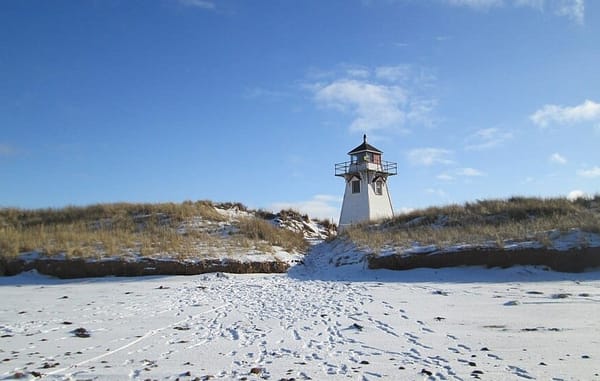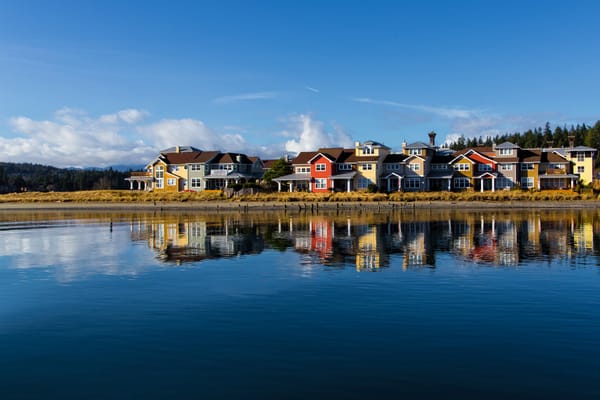Adventures in Boating: What you Need to Know to Navigate from Florida to the Bahamas by Boat
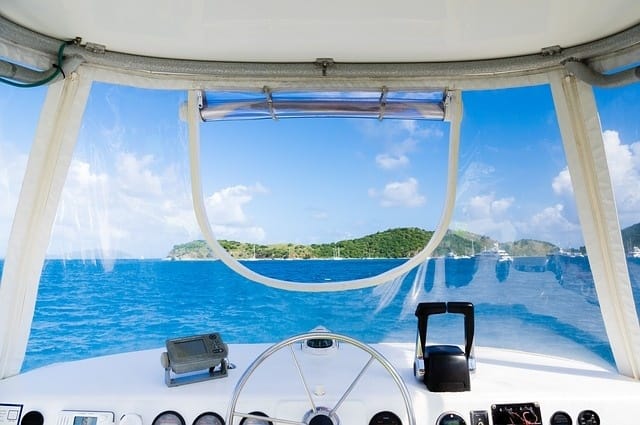
Are the freedom and adventure of open water calling your name? Not to mention the endless blue water of the Bahamas. Us too! We can’t wait to leave our boat slip rental and head out into the Gulf Stream waters.
It’s really not that hard to get to the Bahamas from Florida in your own boat. With a little planning, you could be crossing the Atlantic from your private boat dock rental before you know it.
We went over some logistics of leaving Florida by boat to the Bahamas in our last post. Today, we’re going to get into more detail about documents, safety gear and other equipment that you’ll need.
Immigration Documents and Guidelines
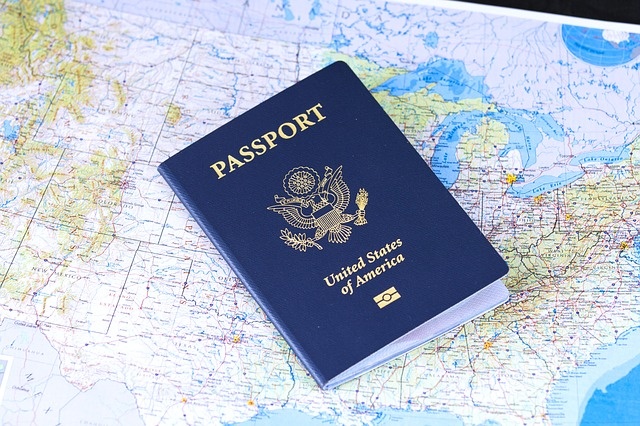
Photo: Pixabay
As easy as it is to get to the Bahamas from a private boat dock rental in Florida, there are guidelines and regulations to follow when you enter the Bahamas on a private boat. You’ll clear Customs and Immigration at the closest port of entry. Fly a yellow quarantine flag to notify Customs that you’ve arrived. Only the captain of the boat is allowed to exit until the boat is cleared.
Documents you’ll need to enter the Bahamas by private vessel
- A valid passport for every person on board (must be valid for at least six months) – passport cards will not be accepted
- The Bahamas Customs Clearance Form
- One Bahamas Immigration Card for every passenger (this is returned at the departure port when you leave)
- Vessel registration documents (title and proof of ownership)
Fees to enter the Bahamas by private boat
- Boats up to 35 feet - $150
- Boats over 35 feet - $300
This fee covers a cruising permit, a fishing permit and a departure tax for up to three people. Extra people will be charged $20 per person when departing. On the positive side, this fee is good for an additional entry within 90 days. Fees do change periodically, so check ahead of time to be sure.
Exiting the Bahamas/Entering the U.S.
Unfortunately, there comes a time when you have to leave the Bahamas. Here’s what to do.
- Report arrival upon entering the first port into the U.S.
- Have all necessary information ready, including vessel name and registration, captain’s name, passenger names and information, places visited and a total dollar amount for items purchased.
- You’ll need a U.S. Customs User fee decal to re-enter the U.S. This decal goes on the window of the vessel. It has an RFID chip that transmits information about the vessel and indicates that the annual fee has been paid. Consider purchasing this ahead of time.
Equipment for Boating to the Bahamas from Florida
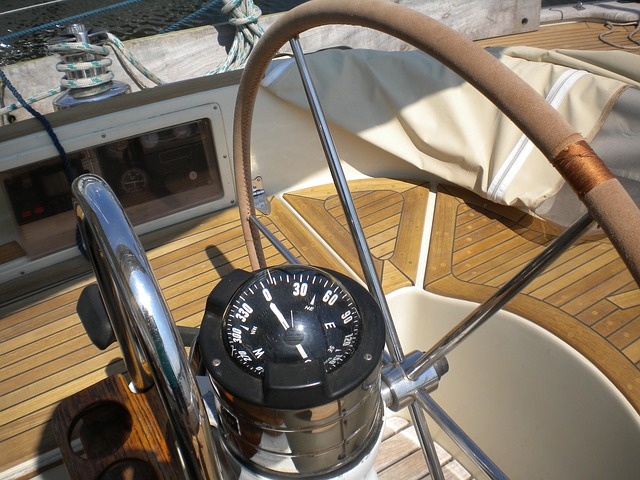
Photo: Pixabay
While the Bahamas Air Sea Rescue Association (BASRA) does a great job, the Bahamas doesn’t have a search and rescue team equivalent to that of the U.S. Coast Guard. It’s best to have as much safety gear and navigational equipment as your boat can hold.
Before you even leave your private boat dock for rent, you’ll want life jackets, flares and a dingy. Those things are just a given. Here are some more essential items to have on board before you leave your private boat dock for rent.
Navigational and Safety Gear
- Two VHF radios (handheld and a permanently mounted one)
- GPS chartplotters
- Paper charts and guidebooks
- Emergency Position Indicating Radio Beacon (EPIRB) – this is registered to the vessel
- Personal Location Beacon (PLB) – smaller than an EPIRB and registered to a person
- Waterproof binoculars with a compass
- Type 1 life jacket (for each person) with a whistle, strobe light and an attached PLB
- A good medical kit with bandages and basic supplies
TowBoatUS (in Palm Beach, Miami and Fort Lauderdale) has extended service that allows Unlimited and Unlimited Gold members towing from as far as 172 miles from your home port. It could very well be worth your while to invest in this for the duration of your trip.
Spare parts like gaskets, starters, alternators and belts, as well as repair products, are highly recommended. A general rule of thumb … if it’s possible to break, throw an extra one in.
Tips for Boating to and in the Bahamas
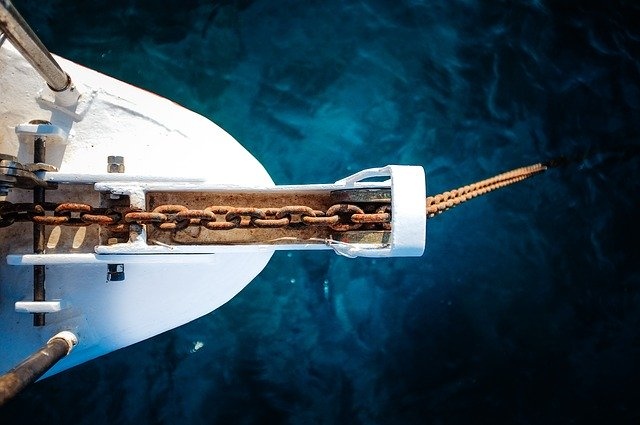
- Always have a float plan that’s logged online or with a marina and known by somebody on land
- Never anchor on or near coral
- Allow a 360-degree swing for other boats when anchored
- Chain is best for anchoring, as nylon line can get cut by sharp rocks
- Study the weather and listen to reports every day
- There are reefs and rocky ledges all over the Bahamas, so check out the charts and watch the water
Hopefully this has given you some advice on how to prepare for a trip from Florida to the Bahamas on your own boat. Happy sailing!
